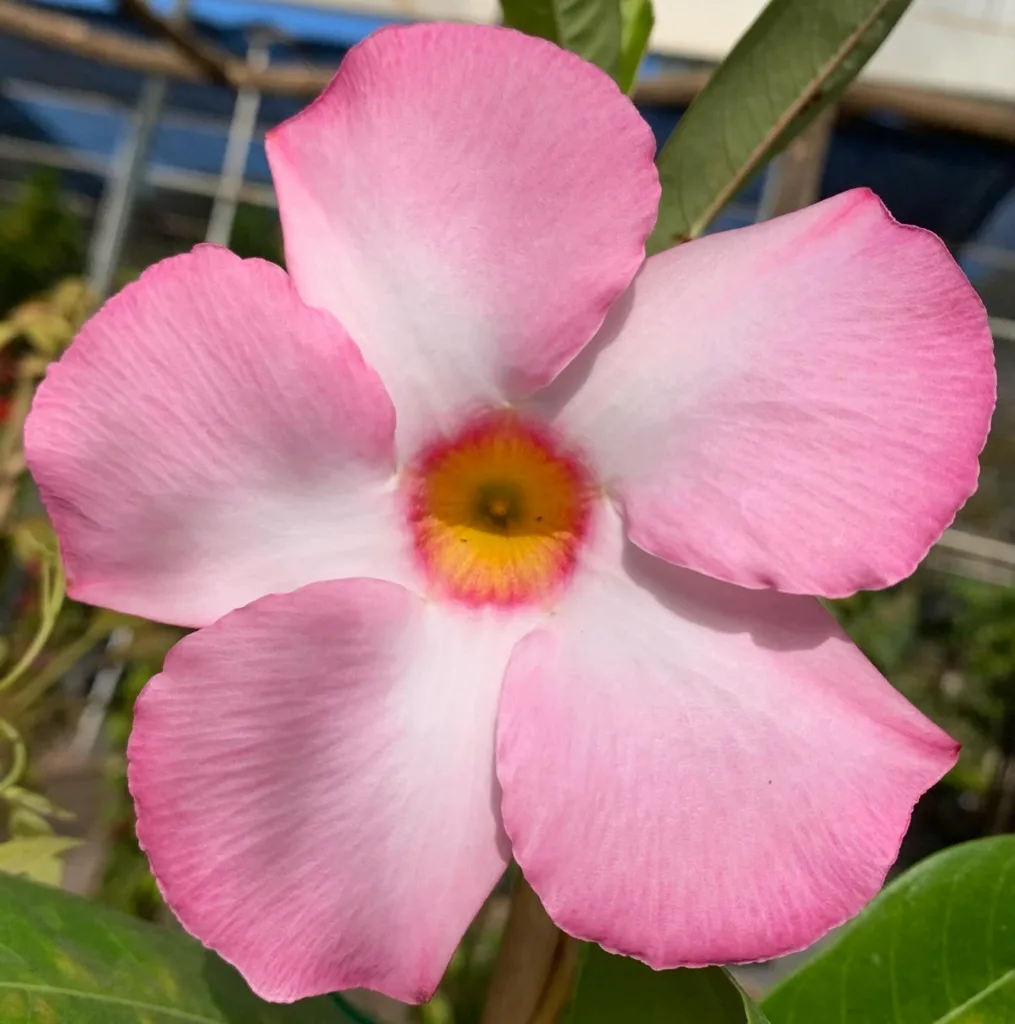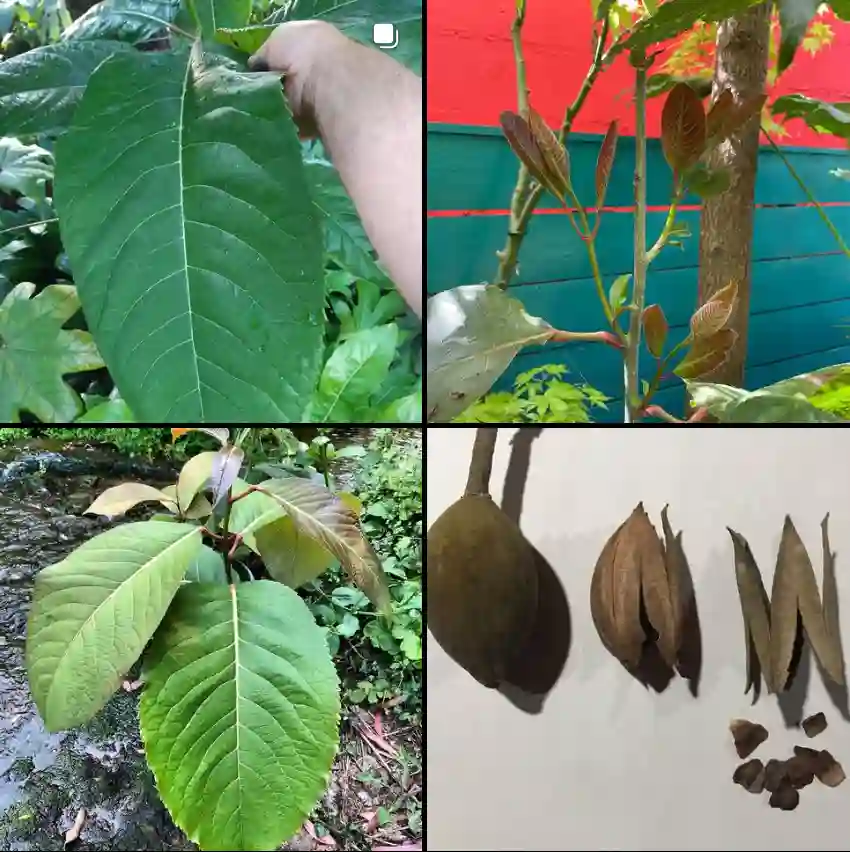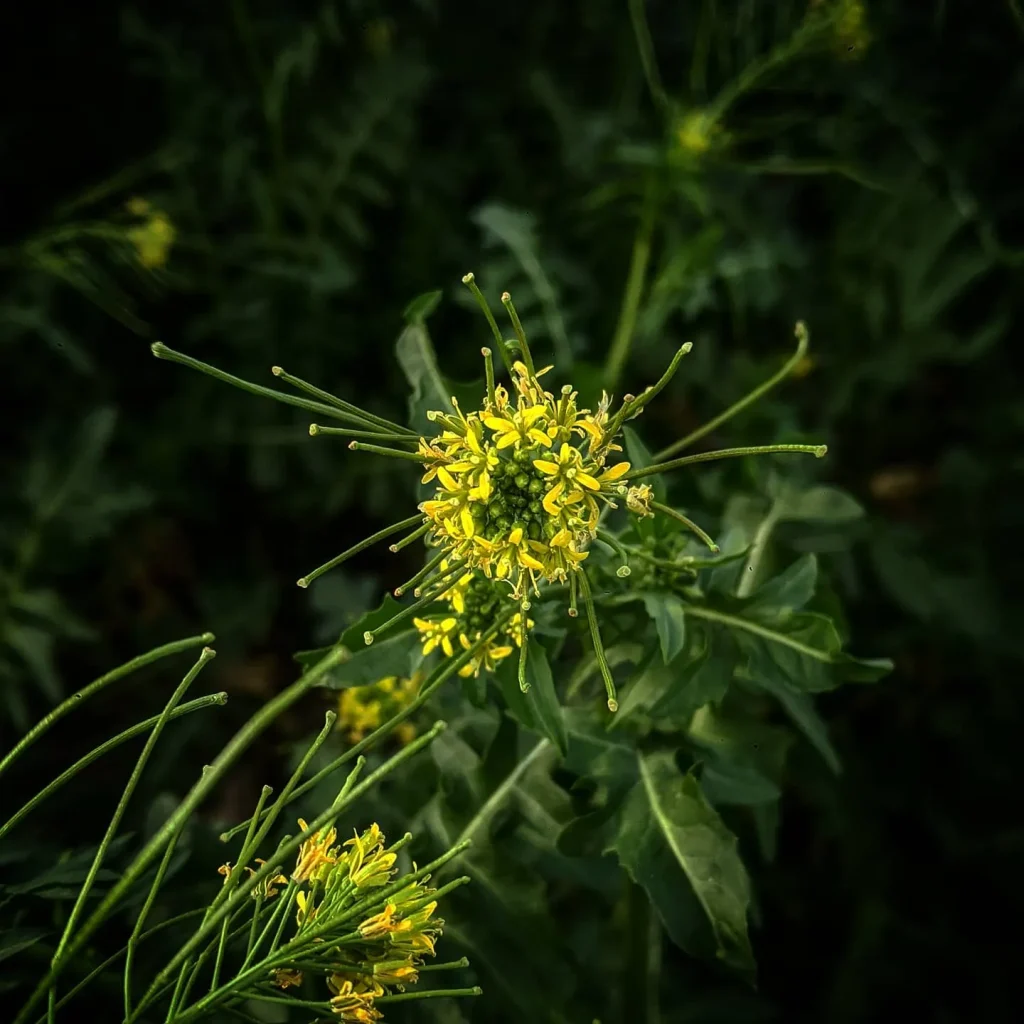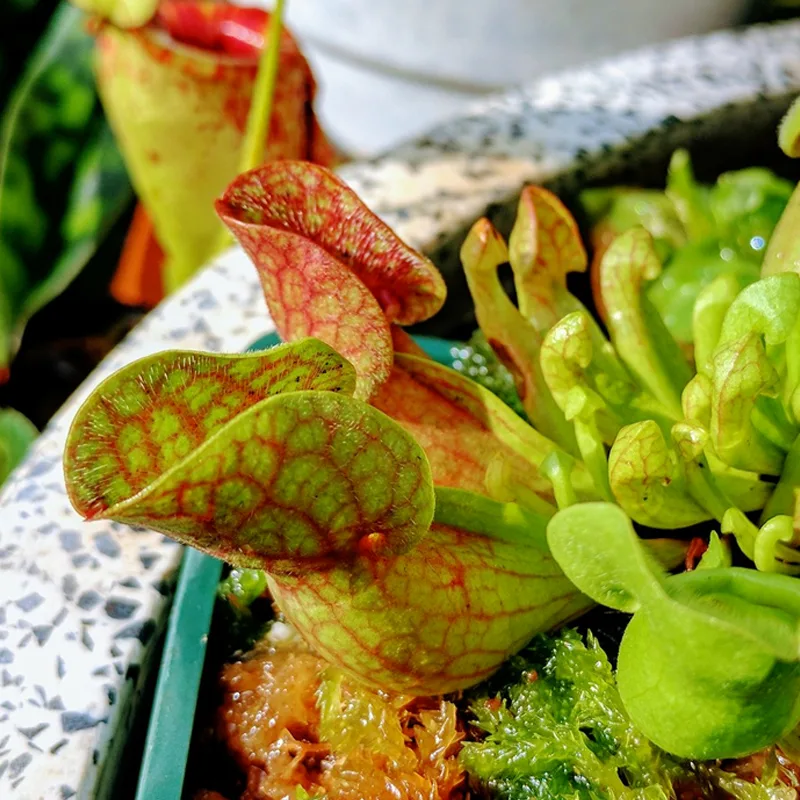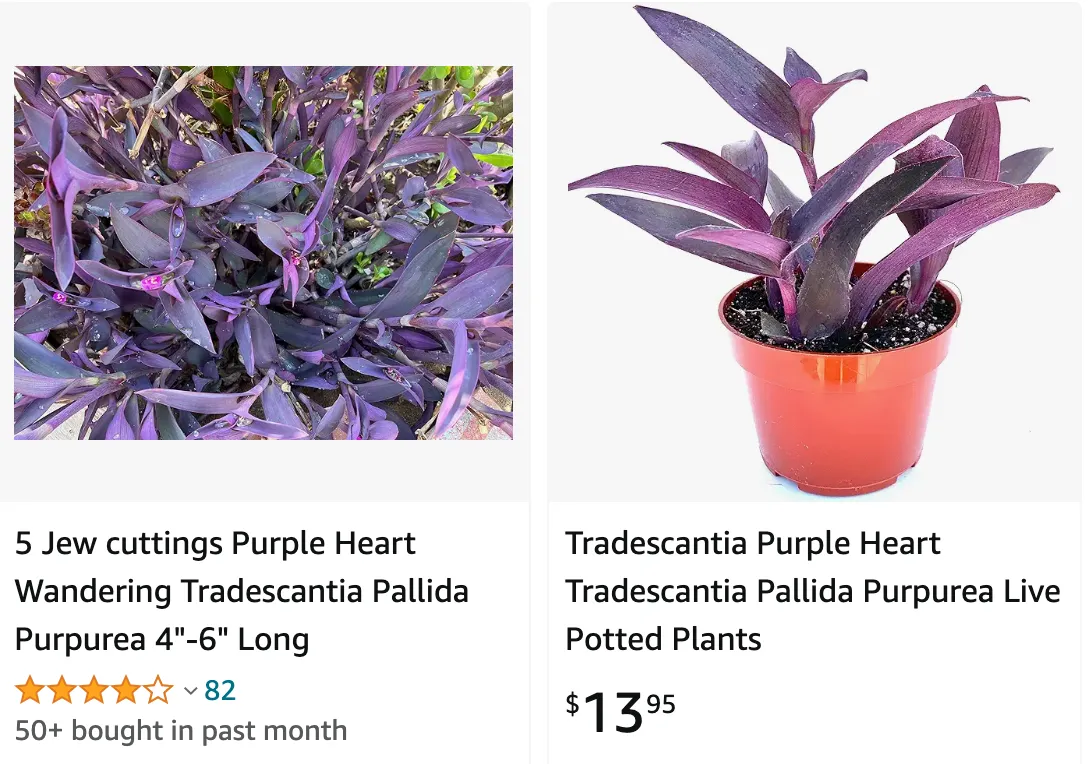
Tradescantia Pallida vs Setcreasea
I’ve found Tradescantia Pallida to be a vibrant, easygoing plant with its striking purple leaves, while Setcreasea, which often gets mixed up with Tradescantia, has a more subdued look but offers a beautiful contrast with its green and purple foliage, making it a bit less flashy but still charming.
86 Species in Genus Tradescantia
How to propagate tradescantia pallida?
Propagating Tradescantia pallida, commonly known as purple heart, is quite straightforward. I usually take a healthy cutting about 4-6 inches long from a non-flowering stem. After removing the lower leaves, I place the cutting in water or directly into moist soil. If using water, roots usually develop within a week or two, and I transfer the rooted cutting to a pot once the roots are about an inch long.
How to care for tradescantia pallida?
Caring for Tradescantia pallida, also known as purple heart, is relatively easy and rewarding. Here’s how I take care of mine:
- Light: I place my Tradescantia pallida in a spot with bright, indirect sunlight. It thrives in bright light, which helps maintain its vibrant purple color. While it can tolerate some direct sunlight, too much can cause the leaves to scorch. In lower light conditions, the plant might become leggy and lose some of its vibrant coloration.
- Watering: I keep the soil consistently moist but not waterlogged. During the growing season (spring and summer), I water it more frequently, ensuring the top inch of soil is dry before watering again. In the winter, I reduce watering as the plant’s growth slows down.
- Soil: Well-draining soil is crucial. I use a standard potting mix with added perlite or sand to improve drainage. This prevents root rot, which can be a problem if the soil retains too much water.
- Temperature and Humidity: Tradescantia pallida prefers temperatures between 60°F and 80°F (15°C to 27°C). It’s not frost-hardy, so I bring it indoors when temperatures drop below 50°F (10°C). It also enjoys moderate humidity, but it can tolerate average household humidity levels.
- Fertilizing: During the growing season, I feed my plant with a balanced, water-soluble fertilizer once a month. This helps promote healthy growth and vibrant foliage. I skip fertilizing during the winter months when the plant’s growth naturally slows down.
- Pruning: To keep the plant bushy and full, I regularly pinch back the growing tips. This encourages branching and prevents the plant from becoming too leggy. I also remove any yellow or dead leaves to keep the plant looking its best.
- Repotting: Tradescantia pallida grows relatively fast and may need repotting every couple of years. When repotting, I choose a pot that is one size larger and ensure it has good drainage. I usually do this in the spring when the plant is actively growing.
- Pests: I occasionally check for common pests like aphids, spider mites, and mealybugs. If I spot any, I treat them with insecticidal soap or neem oil and keep an eye on the plant until the pests are gone.
By following these care tips, my Tradescantia pallida stays healthy and vibrant, adding a beautiful splash of color to my indoor garden.
Is tradescantia pallida a succulent?
Tradescantia pallida is not a succulent, though it does have some drought-tolerant properties. Unlike true succulents, it prefers more consistent moisture. Its fleshy stems and leaves store some water, allowing it to withstand short dry spells, but it’s happiest with regular watering.
Is tradescantia pallida poisonous?
Tradescantia pallida is mildly toxic to pets and humans if ingested, and its sap can cause skin irritation. I keep it out of reach of my cats and dogs and wear gloves when handling it to avoid skin contact with the sap.
How to get rid of tradescantia pallida?
To get rid of Tradescantia pallida, I carefully dig up the plant, ensuring I remove all the roots, as it can regrow from small root fragments. If it’s widespread in the garden, repeated removal may be necessary. For stubborn patches, I might use a non-selective herbicide, but I prefer manual removal to avoid harming nearby plants.
Where to buy tradescantia pallida?
I buy Tradescantia pallida from local nurseries or garden centers, especially during spring and summer. It’s also available online from various plant retailers. I look for healthy plants with vibrant, undamaged foliage.
Can tradescantia pallida be left outside in winter?
Tradescantia pallida is not frost-hardy and cannot be left outside in winter if temperatures drop below freezing. In colder climates, I bring it indoors before the first frost and keep it as a houseplant until spring. If kept outside, it needs to be in a frost-free area or provided with winter protection.
Can tradescantia pallida go in a freshwater fish?
Tradescantia pallida is not suitable for a freshwater fish tank. While it can tolerate some moisture, it is not an aquatic plant and would not thrive submerged in water. Additionally, the plant’s sap could potentially be harmful to fish. For aquatic environments, I stick to plants specifically suited for aquariums.
If i die, water my plants!
